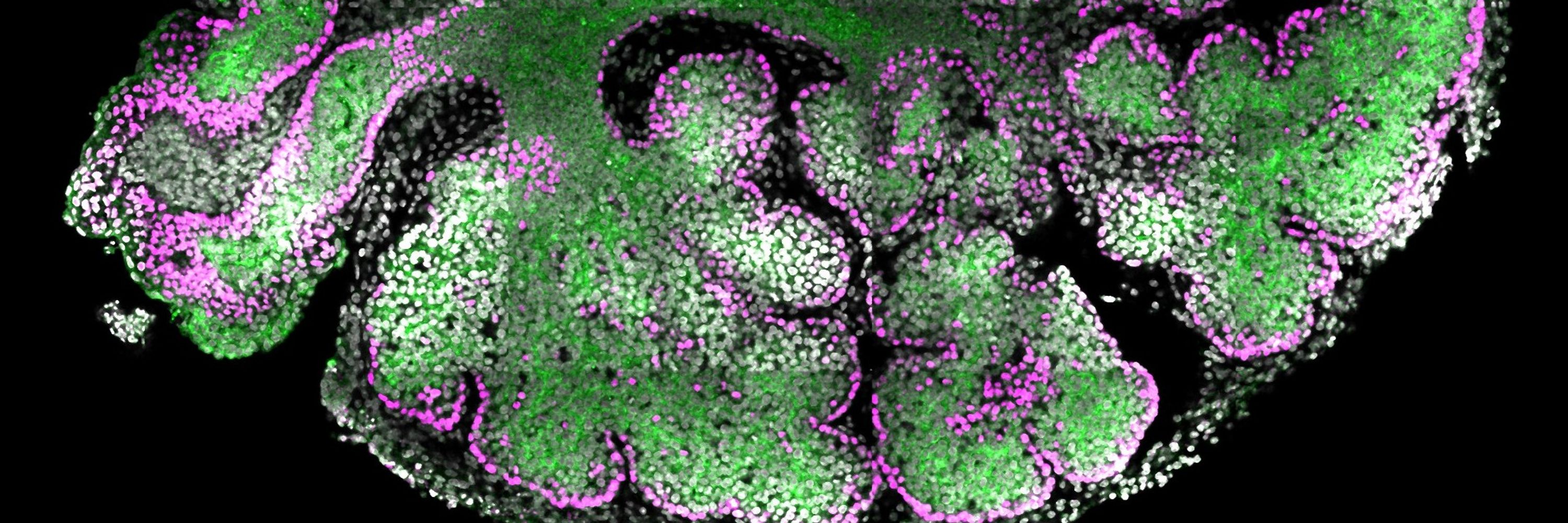
Tissue morphogenesis & Fate specification in epithelia.
Organoid and live imaging.
Alumni AgroParisTech & ENS Ulm
@agencerecherche.bsky.social
@frm-officiel.bsky.social
@fondationarc.bsky.social
@cerclefser.bsky.social
@worldwidecancer.bsky.social
@institutcurie.bsky.social
in @frelab.bsky.social. Thank you for supporting my work over the last five years! Big thank also to Candice Merle, the first author of this story, for her help in the experimental work and to our collaborators at @lbmcinlyon.bsky.social.
in @frelab.bsky.social. Thank you for supporting my work over the last five years! Big thank also to Candice Merle, the first author of this story, for her help in the experimental work and to our collaborators at @lbmcinlyon.bsky.social.
www.biorxiv.org/content/10.1...
www.biorxiv.org/content/10.1...





@agencerecherche.bsky.social
@frm-officiel.bsky.social
@fondationarc.bsky.social
@cerclefser.bsky.social
@worldwidecancer.bsky.social
@institutcurie.bsky.social
We propose an updated hourglass model where this conserved module acts as a developmental bottleneck in organogenesis.

We propose an updated hourglass model where this conserved module acts as a developmental bottleneck in organogenesis.

